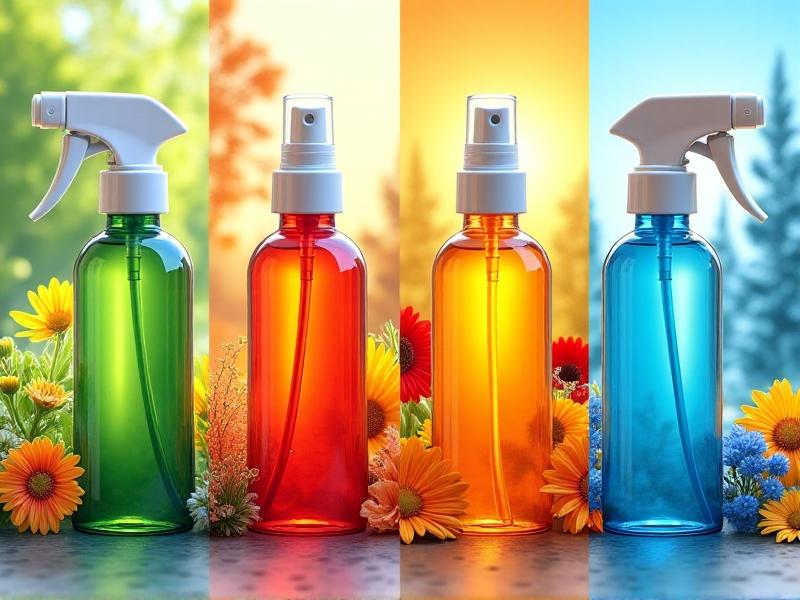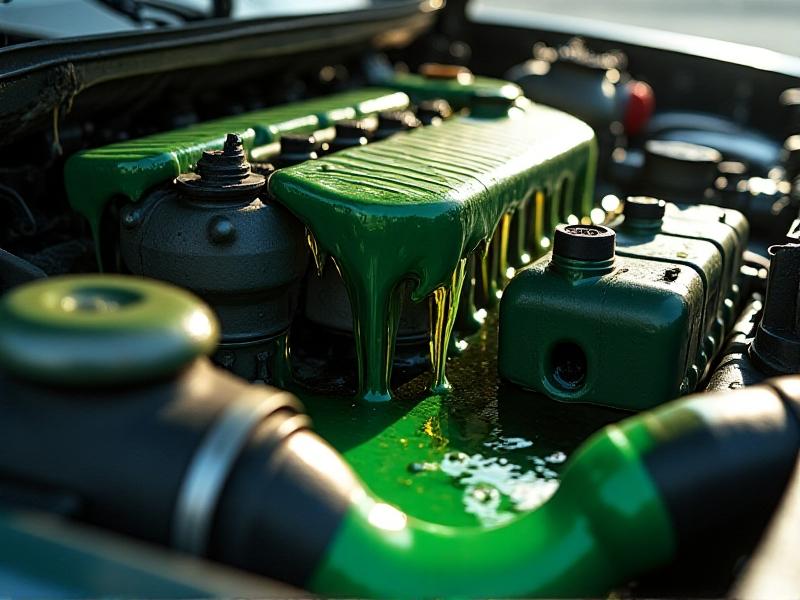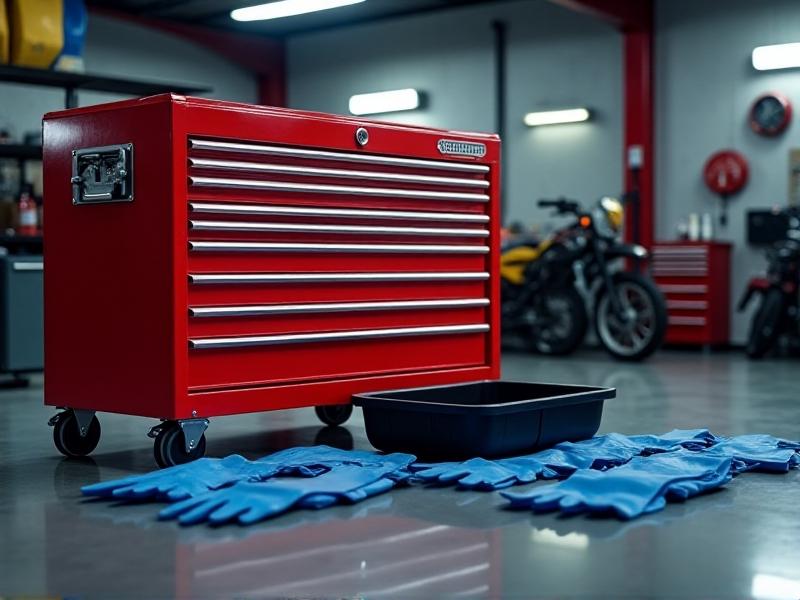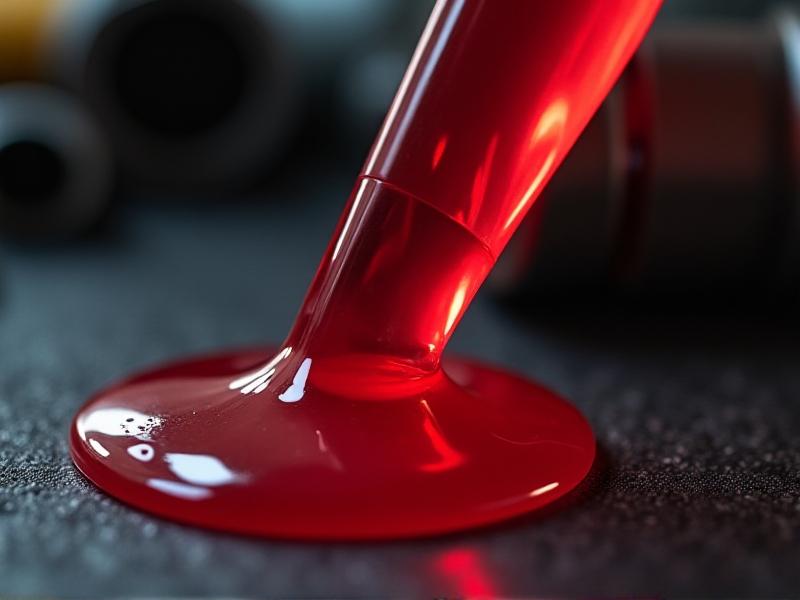```html
The Critical Role of Brake Fluid in Vehicle Safety
Brake fluid is the lifeblood of a vehicle's hydraulic braking system, transmitting force from the brake pedal to the calipers or wheel cylinders. Unlike engine oil or coolant, its degradation isn’t always visually apparent, making it easy to overlook. Over time, moisture absorption, heat cycles, and chemical breakdown compromise its effectiveness, risking brake fade or failure. Understanding how and why brake fluid degrades is essential for maintaining peak braking performance and ensuring driver safety.
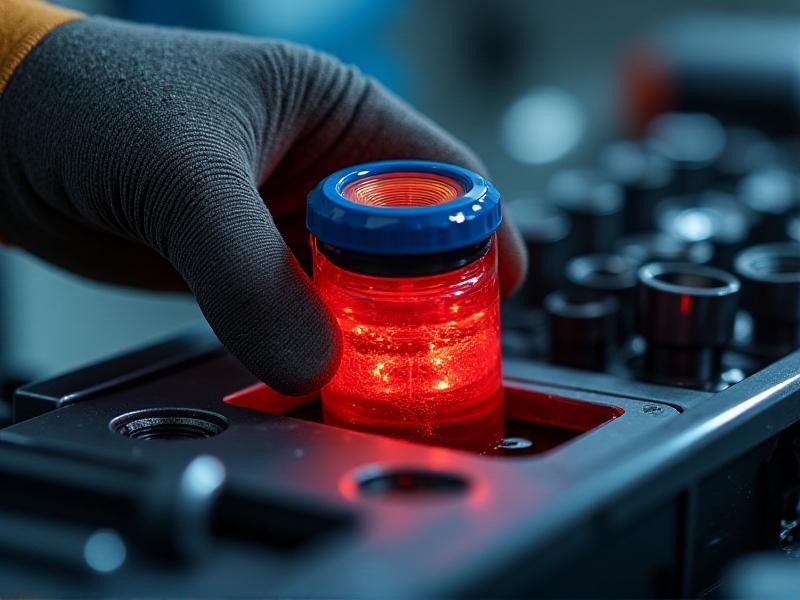
Composition and Types of Brake Fluid
Most brake fluids are glycol-based (DOT 3, DOT 4, DOT 5.1) or silicone-based (DOT 5). Glycol fluids are hygroscopic, meaning they absorb moisture from the air through seals and hoses. This property prevents water droplets from forming in the system but gradually lowers the fluid’s boiling point. Silicone-based fluids are hydrophobic and used in specialized applications, though they’re less common. Each type has distinct chemical additives to resist oxidation and corrosion, but these degrade over time, necessitating replacement.
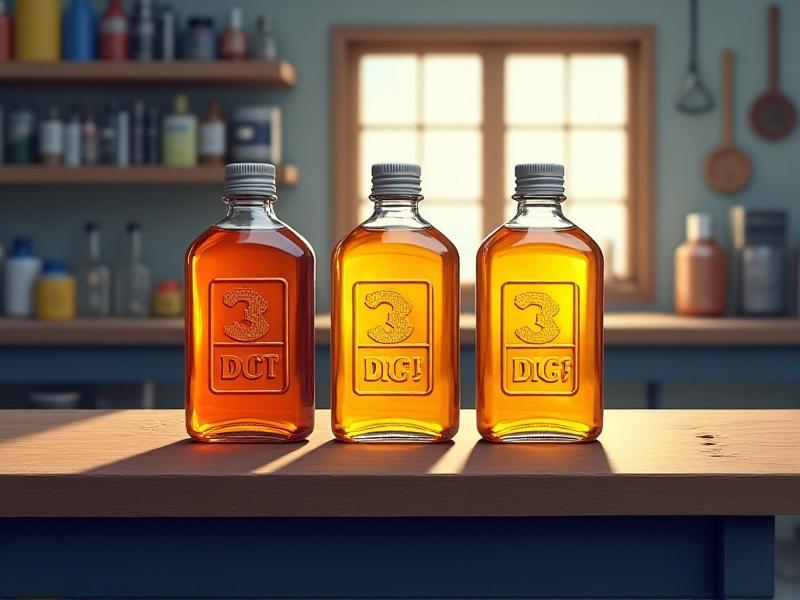
How Brake Fluid Degrades: Moisture and Heat
Moisture is the primary enemy of brake fluid. As water content increases, the fluid’s boiling point drops—a critical concern under heavy braking. For example, fresh DOT 4 fluid boils at 446°F (230°C), but with 3% water contamination, this plummets to 311°F (155°C). Heat from braking accelerates oxidation, turning fluid acidic and corroding metal components like calipers and master cylinders. This combination of moisture and heat creates a cycle of deterioration that weakens the entire system.
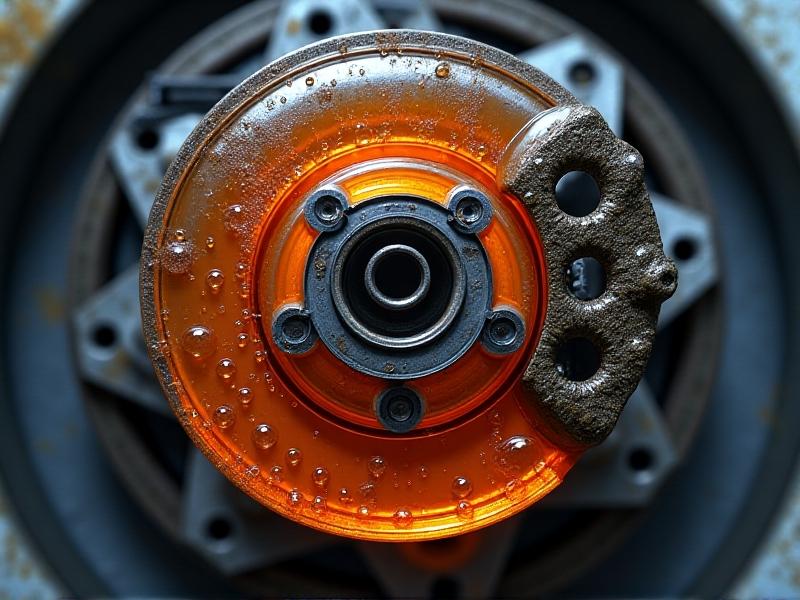
Testing Brake Fluid: Tools and Techniques
Simple test strips or electronic testers measure water content by detecting ionic activity. A refractometer can also assess boiling point indirectly. For a DIY approach, test strips change color based on moisture levels—green for safe, yellow for caution, and red for immediate replacement. Professional shops often use conductance testers for faster results. Testing should occur every 12 months or during routine maintenance, as visual inspection alone cannot detect contamination.
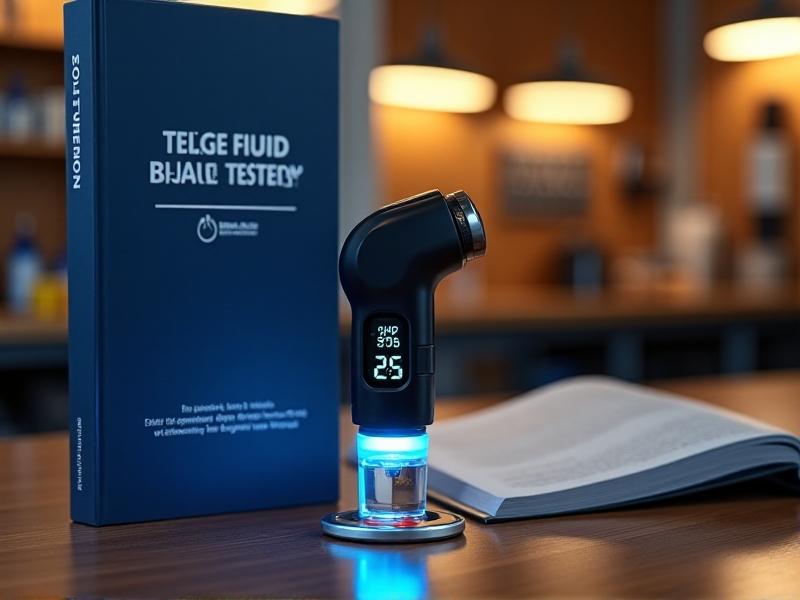
When to Replace Brake Fluid: Manufacturer Guidelines vs. Real-World Use
Most automakers recommend replacement every 2–3 years, but aggressive driving, towing, or humid climates may shorten this interval. Vehicles with ABS or stability control systems are particularly sensitive to fluid quality due to their complex valves and pumps. Track cars often require bleeding before every event. A useful rule: if testing reveals over 2% water content or the fluid is darker than honey-colored, replacement is urgent.
Step-by-Step Brake Fluid Replacement Process
Replacement involves flushing the old fluid entirely. Using a pressure bleeder or two-person method, start with the wheel farthest from the master cylinder (typically rear passenger side). Fresh fluid should meet or exceed the DOT specification in your owner’s manual. Avoid mixing glycol and silicone types, as they’re incompatible. Post-flush, test the fluid again to confirm low moisture levels and check pedal feel for sponginess.
The Risks of Neglecting Brake Fluid Maintenance
Degraded fluid can cause vapor lock—steam bubbles forming during hard stops—resulting in a soft pedal or complete loss of braking. Corrosion from acidic fluid damages seals and pistons, leading to costly repairs. In winter, water-contaminated fluid may freeze inside lines. A 2022 NHTSA study linked 12% of brake-related crashes to fluid issues, underscoring the stakes of delayed maintenance.
Long-Term Brake Fluid Maintenance Strategies
Seal your reservoir cap tightly after checks to slow moisture ingress. Consider annual fluid testing even if replacement isn’t due. For high-performance vehicles, synthetic DOT 4 or racing-specific fluids offer higher dry/wet boiling points. Pair fluid maintenance with regular brake inspections—worn pads generate more heat, accelerating fluid breakdown. Document every flush and test to track intervals accurately.
